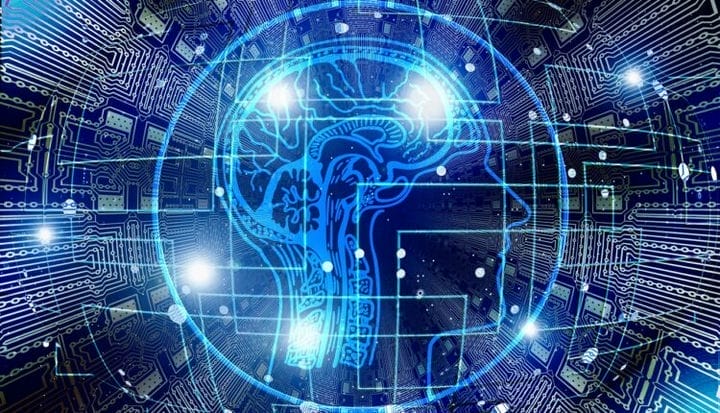General characteristics of the brain and its departments
The brain, like the spinal cord, belongs to the central nervous system. The mass of the brain in men is 1400 g, in women 1200-1300 g, in a newborn an average of 350-400 g. It consists of gray and white matter. The brain is divided into 3 parts:
1 large or telencephalon;
2 intermediate;
3 brain stems. It includes the medulla oblongata, hindbrain and midbrain – the departments in which the nuclei of the cranial nerves are located.
The brain, like the spinal cord, is surrounded by 3 meninges:
• outer – solid;
• medium – arachnoid (thin and transparent, does not contain blood vessels);
• inner – soft shell (contains blood vessels and goes into all the furrows of the brain).
There are 4 ventricles of the brain (brain cavities):
Two lateral ventricles (I – left; II – right) are located in the corresponding hemispheres of the brain.
III (third) ventricle – located in the diencephalon.
IV (fourth) ventricle – in the region of the medulla oblongata and hindbrain.
The cerebrospinal fluid performs important functions:
• protects the brain from mechanical influences;
• regulates intracranial pressure;
• participates in the metabolism between nervous tissue and blood.
medulla oblongata and its functions
The medulla oblongata is the initial part of the brain. On the anterior surface there are two longitudinal elevations and a median fissure, on the posterior surface there is a median furrow.
The gray matter is inside the white, there are nuclei of the IX, X, XI, XII pairs, (i.e. from 9 to 12) cranial nerves.
These nuclei are the centers of unconditioned reflexes:
1 protective (coughing, sneezing, blinking, lacrimation, vomiting);
2 food (sucking, swallowing, secretion of digestive glands);
3 cardiovascular (regulating the work of the heart and blood vessels);
4 respiratory (regulate ventilation of the lungs);
5 posture reflexes (body position).
With partial damage to the medulla oblongata, there is a violation of breathing, heart function and other functions, and with complete damage (destruction), the body dies from respiratory arrest and heart function.
Hind brain and its functions
The hindbrain includes the pons and cerebellum. The bridge is a thickening in the form of a transverse roller. It contains the nuclei of cranial nerves V, VI, VII, VIII (i.e. from 5 to 8). The cerebellum has 2 hemispheres (right and left) and the middle part – the cerebellar vermis. The gray matter on the outer surface forms the cerebellar cortex. Under the cortex is white matter, and inside it are the nuclei of the cerebellum. Between the cerebellum, the pons oblongata and the pons is the fourth ventricle.
